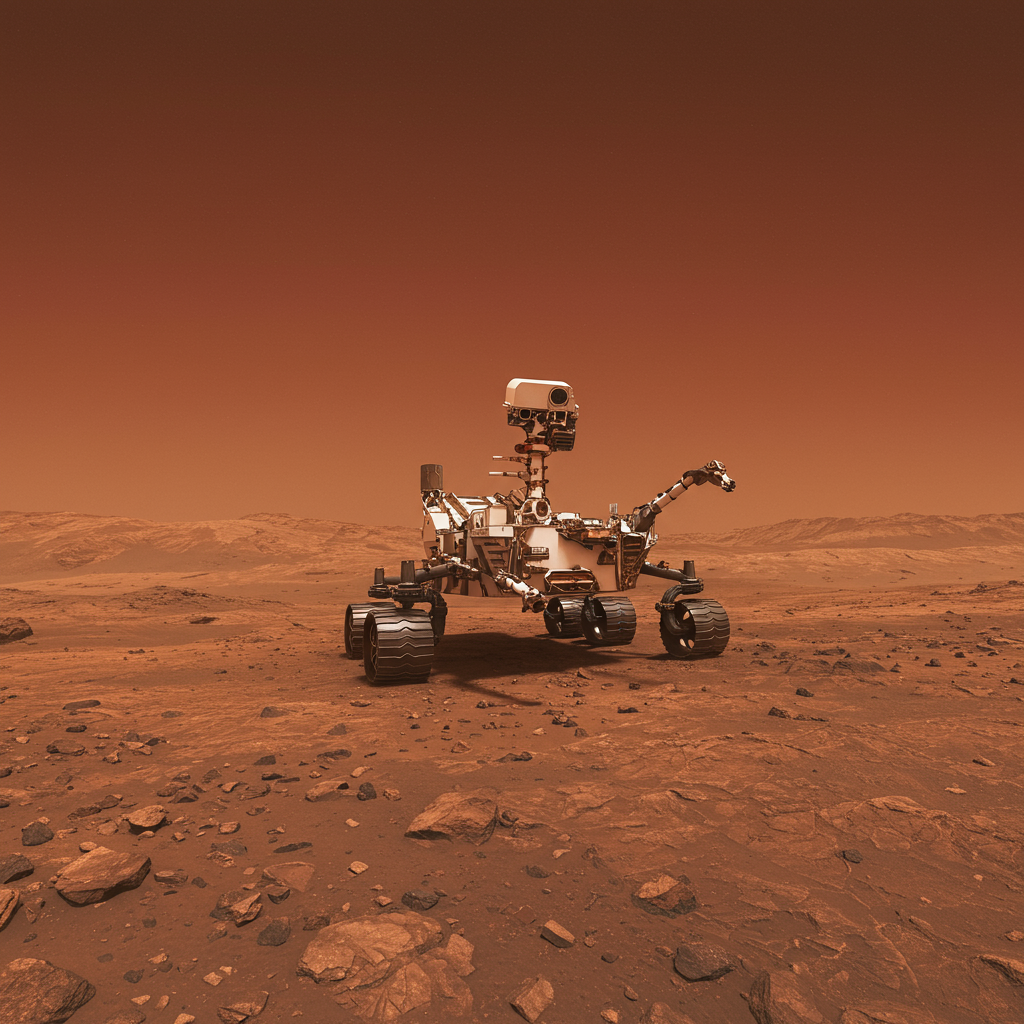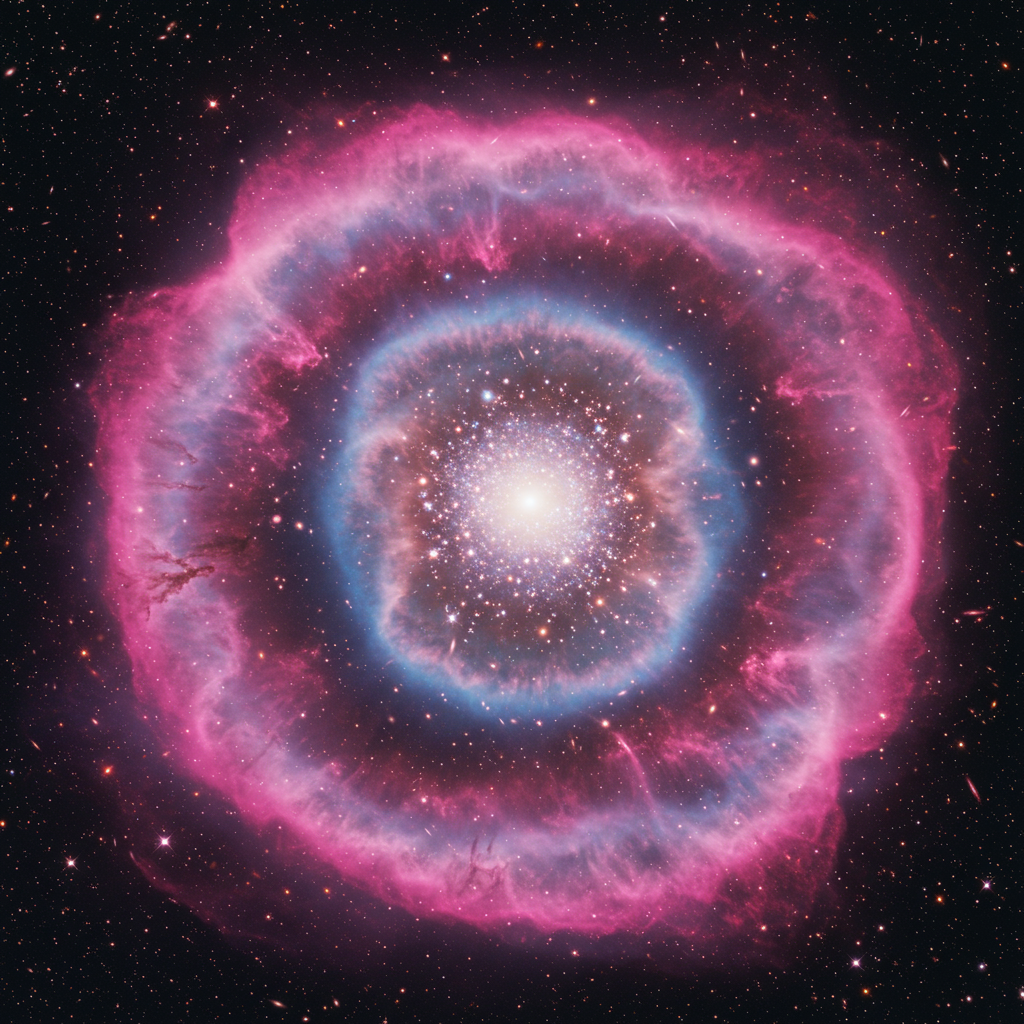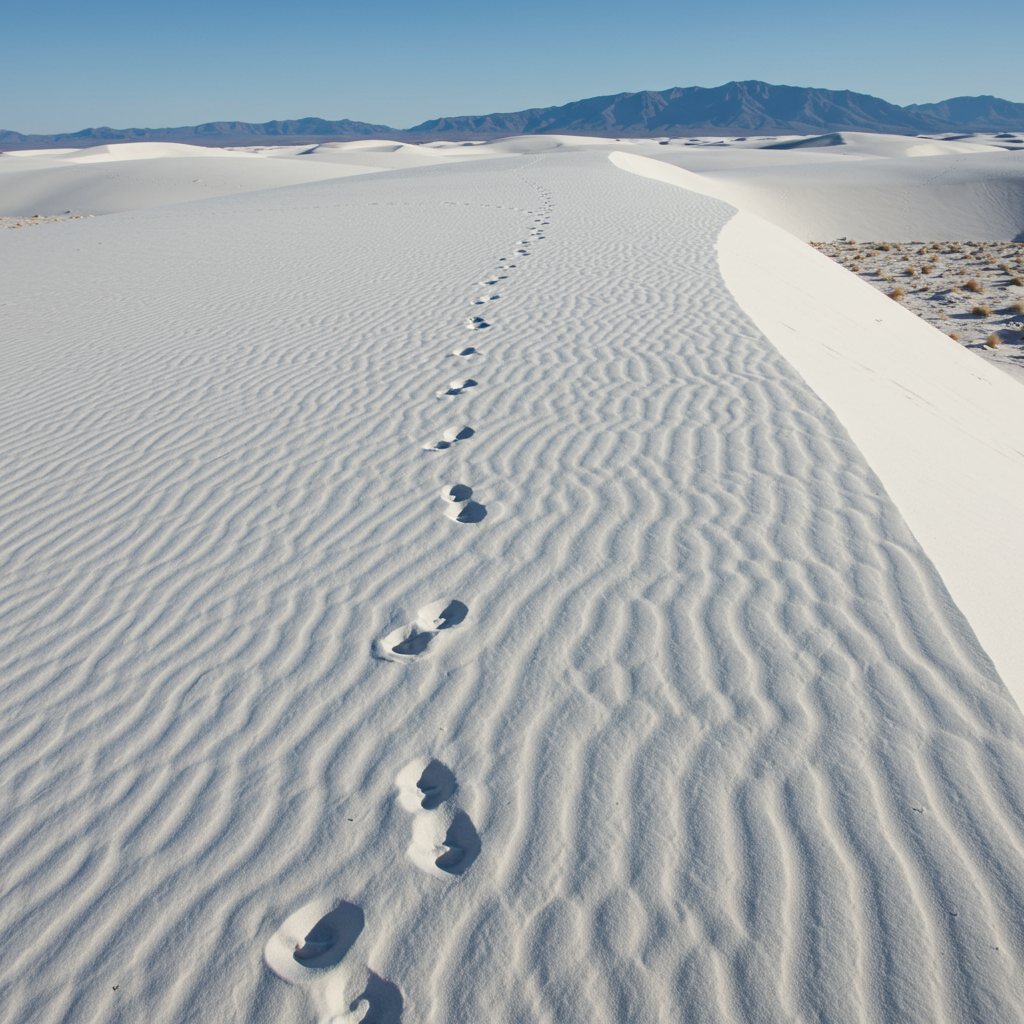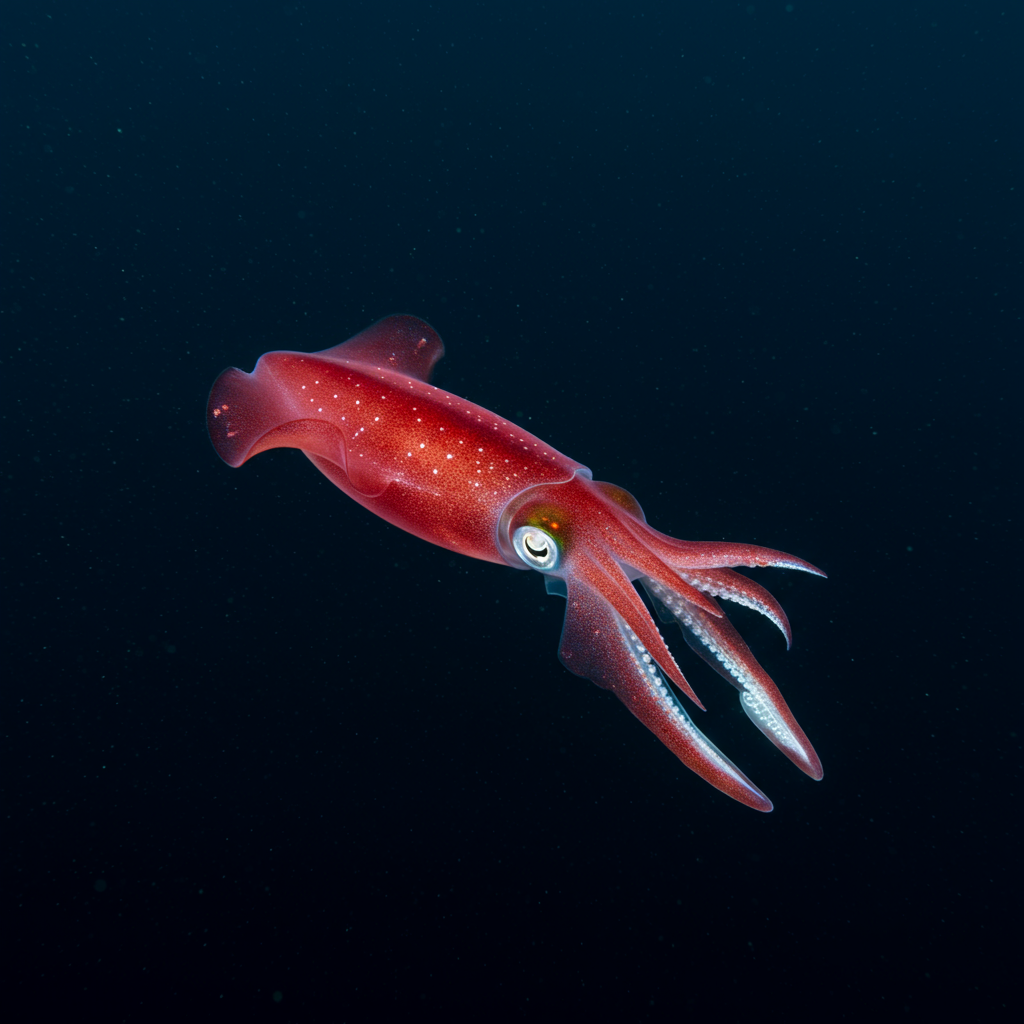For over a decade, NASA’s Curiosity Mars rover has been humanity’s tireless explorer on the Red Planet. Marking its 13th anniversary on Mars this week, this remarkable mobile laboratory continues to redefine our understanding of Earth’s dusty neighbor. Having traveled more than 22 miles and operated for over 4,620 Martian days, Curiosity offers an unparalleled window into Martian geology, atmosphere, and its ancient potential for life. Its ongoing mission generates breathtaking images and groundbreaking data, revealing the secrets of an alien world in exquisite detail.
A Legacy of Martian Exploration
Launched in 2011 and landing dramatically in Gale Crater on August 5, 2012, the Curiosity Mars rover immediately embarked on its primary mission: to assess whether Mars ever had environmental conditions capable of supporting microbial life. Its journey has been nothing short of extraordinary. The rover has meticulously navigated diverse terrains, from ancient lakebeds to towering mountains, sending back a continuous stream of observations. This sustained effort highlights an incredible feat of engineering and scientific perseverance.
From its initial descent, observed by NASA’s Mars Reconnaissance Orbiter, to its current operations, Curiosity has shown remarkable resilience. The rover’s extensive travels across the cold, dry surface of Mars have allowed scientists to piece together a rich geological history. Every mile driven and every sample analyzed contributes to our growing knowledge base about planetary evolution and astrobiology.
Unearthing Mars’s Ancient Water Story
One of the Curiosity rover’s most profound contributions has been the overwhelming evidence for ancient water on Mars. Its investigations within Gale Crater, particularly around the base of Mount Sharp, have painted a vivid picture of a planet that was once far wetter and potentially habitable.
At sites like “Mary Anning,” named after a pioneering paleontologist, Curiosity drilled rock samples from regions believed to have been favorable for supporting life. These samples provided critical clues about the chemical composition of ancient Martian environments. Observations of Mount Sharp itself revealed a fascinating geological timeline: a hematite-rich ridge indicating past water interaction, an undulating plain abundant in clay minerals (strong indicators of water), and sulfate-rich buttes at higher elevations. These distinct layers suggest a changing aquatic environment over billions of years.
Further reinforcing the presence of water, Curiosity discovered “flower-like” and spherical rock artifacts. Scientists determined these unique formations resulted from minerals deposited and cemented by water long ago. The rover also explored the “Gediz Vallis” channel, a feature widely believed to have been carved by flowing water. In the lower foothills of Mount Sharp, the discovery of “boxwork formations”—hardened ridges created by mineral deposits from subsurface water—offered further compelling proof of extensive ancient aqueous systems on Mars.
Glimpses of Martian Atmosphere and Dynamic Weather
Beyond geology, the Curiosity rover has provided unprecedented insights into Mars’s thin, dynamic atmosphere. Its cameras have captured breathtaking phenomena, showcasing a planet that, while desolate, is far from static.
One particularly striking observation was the imaging of iridescent, feather-shaped clouds just after sunset. These vibrant clouds, studied for their colors to determine particle size and growth, appear at much higher elevations—above 37 miles (60 kilometers)—than typical Martian water ice clouds. This suggests they are likely composed of carbon dioxide, or “dry ice,” forming in extremely cold conditions. Curiosity also documented noctilucent, or “night-shining,” clouds and captured the first color sunset ever seen from Mars, painting the sky in hues unfamiliar to Earthlings.
The rover’s navigation cameras have also spotted active dust devils, whirlwinds of Martian dust that offer crucial data on wind patterns and surface erosion. One such dust devil was estimated to be about 16 feet (5 meters) wide. The rover’s tracks themselves offer a unique atmospheric insight: they can linger on the Martian surface for months before slowly being erased by the persistent, albeit thin, Martian winds, demonstrating the planet’s subtle but constant atmospheric activity.
Chemical Discoveries and Extraterrestrial Encounters
The Curiosity Mars rover is equipped with a suite of sophisticated instruments that allow it to analyze the chemical composition of rocks and soil. These analyses have led to significant discoveries about the elemental makeup of Mars.
In a remarkable accidental find, Curiosity drove over a rock and cracked it open, revealing brilliant yellow crystals. Subsequent analysis by the rover’s instruments confirmed these to be elemental sulfur, marking the first time this specific form of sulfur had been identified on the Red Planet. This discovery adds another layer to our understanding of Mars’s complex geochemistry.
The rover has also made extraterrestrial finds. Using its Chemistry and Camera (ChemCam) instrument, which fires laser pulses to determine elemental composition, Curiosity identified a golf-ball-sized object, informally named “Egg Rock,” as an iron-nickel meteorite. This confirms that objects from space regularly impact Mars, adding to its geological diversity. The rover’s robust robotic arm, equipped with scientific instruments, routinely examines Martian rocks, and its drill has collected numerous powderized rock samples for detailed onboard analysis.
An Engineering Marvel: Endurance and Innovation
The Curiosity rover’s longevity and continued operational success are a testament to incredible engineering. After 13 years, the rover still performs complex tasks, often demonstrating new capabilities. For instance, it recently showed multitasking prowess, simultaneously capturing 15 images for a mosaic while communicating with an orbiting spacecraft.
The rover’s wheels, while showing significant wear and tear after thousands of miles, continue to carry it across challenging terrains like the wind-sculpted Namib Dune in the Bagnold Dune Field. A fascinating indicator of the Martian environment’s mild erosive power is a century-old penny, part of a camera-calibration target, which shows almost no visible wear after nearly 13 years on Mars, only a slight coating of dust. This small detail illustrates the surprisingly stable conditions for certain materials on the planet’s surface. The rover’s imaging techniques, including “white-balancing” to adjust colors for Earth-like interpretation, also highlight the sophisticated technology at play.
Curiosity’s mission continues to push the boundaries of robotic planetary exploration. Each day, it transmits invaluable data, helping scientists learn more about Mars’s past, present, and its potential to harbor life. Its long journey and myriad discoveries serve as a powerful inspiration for the future of space exploration.
Frequently Asked Questions
What are the most significant geological and atmospheric discoveries made by the Curiosity Mars rover?
The Curiosity Mars rover has made groundbreaking discoveries about Mars’s past environment, particularly concerning water. It found compelling evidence of ancient lakes and rivers through the presence of clay and sulfate minerals on Mount Sharp, and discovered rock formations (like “flower-like” artifacts and “boxwork”) indicating past mineral deposition from subsurface water. Atmospherically, it has observed high-altitude iridescent clouds (likely dry ice), active dust devils, and captured the first color sunset on Mars, providing crucial data on Martian weather and atmospheric composition.
How has the Curiosity rover demonstrated its longevity and advanced capabilities over 13 years on Mars?
The Curiosity rover’s endurance is remarkable, operating for over 4,620 Martian days and driving more than 22 miles. Its resilience is seen in its continued functionality despite visible wear on its wheels and the harsh Martian environment. Operationally, it has showcased advanced capabilities such as multitasking (imaging while communicating with orbiters) and precise sample collection with its robotic arm. The minimal wear on a century-old penny on its calibration target further highlights the relatively stable surface conditions for some materials, underlining the rover’s continued viability.
What evidence has the Curiosity mission found regarding the potential for ancient life on Mars?
The Curiosity Mars rover’s primary mission is to assess Mars’s ancient habitability. It has found strong evidence that Mars once possessed conditions favorable for microbial life. Discoveries like clay minerals, the presence of various water-deposited minerals, and the identification of elemental sulfur suggest past aqueous environments with the necessary chemical ingredients. The exploration of sites such as “Mary Anning” and “Gediz Vallis” channel, believed to have once held water, directly supports the hypothesis that ancient Mars could have supported life, though no direct evidence of life itself has been found.
Looking Ahead: Curiosity’s Enduring Legacy
The Curiosity Mars rover stands as a beacon of scientific achievement, demonstrating humanity’s relentless pursuit of knowledge beyond Earth. Its 13 years of exploration have transformed our understanding of the Red Planet, proving that Mars was once a very different place, potentially teeming with microbial life. From ancient streambeds to exotic cloud formations, every image and data point enriches our cosmic narrative. As Curiosity continues its journey, it lays crucial groundwork for future human and robotic missions, bringing us closer to answering the profound question: Are we alone in the universe?




